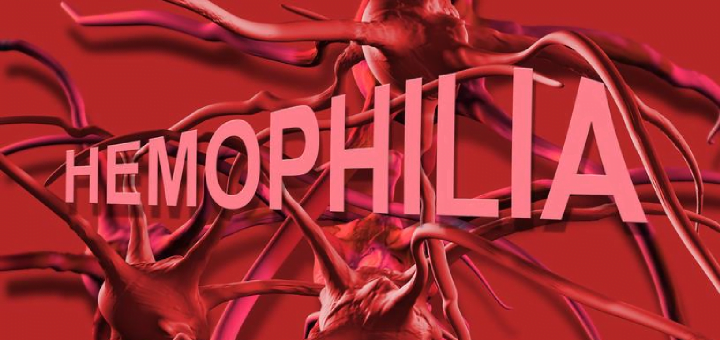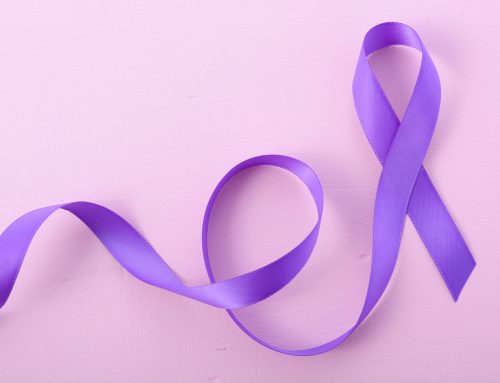
Today is World Hemophilia Day. Let’s take a moment to discuss crucial hemophilia facts that you should know.
When we bleed, the body normally pools blood cells together to form a clot to stop the bleeding. This process is brought about by certain blood particles (platelets and plasma proteins). Hemophilia occurs when a person has a deficiency in one of these clotting factors.
Hemophilia is classified by the absence or insufficiency of some clotting factors:
- Hemophilia A, the most common type, is caused by insufficient clotting factor VIII.
- Hemophilia B, the second most common type, is caused by insufficient clotting factor IX.
- Hemophilia C, in which signs and symptoms are often mild, is caused by insufficient clotting factor XI.
Hemophilia occurs approximately 1 in every 5,000 male births. Currently, about 20,000 males in the US are living with the disorder. Hemophilia A is about four times as common as Hemophilia B, and about half of those affected have the severe form. Hemophilia affects people from all racial and ethnic groups. Approximately 30% of people with hemophilia show no family history while the remaining 70% cases are inherited.
How is Hemophilia inherited?
Every human being has two sex chromosomes, one from each parent. A female inherits an X chromosome from her mother and an X from her father. A male inherits an X from his mother and a Y from his father.
Hemophilia inheritance depends on the type of hemophilia:
- Hemophilia A or B. The gene that causes them is located on the X chromosome, so it can’t be passed from father to son. Hemophilia A or B almost always occurs in boys and is passed from mother to son through one of the mother’s genes.
- Hemophilia C. This disorder can be passed on to children by either parent and can occur in girls and boys.
What are the symptoms?
- Mildly reduced clotting factors: you may bleed only after surgery or trauma.
- Severe deficiency: you may experience spontaneous bleeding which presents as follows:
- Unexplained and excessive bleeding from cuts or injuries, or after surgery or dental work
- Many large or deep bruises
- Unusual bleeding after vaccinations
- Pain, swelling or tightness in joints and muscles. This can cause limbs to swell, which may press on nerves and lead to numbness or pain. If left untreated, frequent internal bleeding may cause arthritis or destruction of the joint.
- Blood in urine or stool
- Nosebleeds without a known cause
- In infants, unexplained irritability
When to seek consultation?
Prolonged bleeding after circumcision may be the first indication in a baby boy. Those who aren’t circumcised, easy bruising when the child becomes more mobile may lead to the diagnosis (generally 2 years of age).
If your child bruises easily, seek help. If your child has heavy bleeding that can’t be stopped after an injury, seek emergency medical care.
Questions the doctor might ask
- What are your symptoms, and when did you first notice them?
- Have you noticed any unusual or heavy bleeding, such as nosebleeds or prolonged bleeding from a cut or vaccination?
- Have you noticed blood in your urine or stool?
- Have you undergone any surgeries, and, if so, did the surgeon feel there was excessive bleeding?
- Have you noticed heavy bruises?
- Have you complained of pain or warmth around joints?
- Has anyone in your family been diagnosed with a bleeding disorder?
- Are you planning to have more children?
How is hemophilia treated?
While there’s no cure for hemophilia, most people with the disease can lead fairly normal lives. Therapies to stop bleeding depend on the type of hemophilia:
- Mild Hemophilia A. Hormone desmopressin (DDAVP) can stimulate a release of more clotting factor to stop bleeding.
- Moderate to severe Hemophilia A or Hemophilia B. Bleeding may stop only after an infusion of recombinant clotting factor or donated human blood. Repeated infusions may be needed if internal bleeding is severe.
- Hemophilia C. Plasma infusions are needed to stop bleeding episodes.
- First aid for minor cuts. Applying pressure and a bandage will generally take care of the bleeding. For small areas of bleeding beneath the skin, use an ice pack.
- Although blood products are screened, it is still possible for people who rely on them to contract diseases. If you have hemophilia, consider receiving immunization against Hepatitis A and B.
What precautions you can take?
- Regular exercise: Swimming, biking and walking can build up muscles while protecting joints. Contact sports should be avoided.
- Avoid pain medications: Drugs that reduce the platelet levels further include aspirin and ibuprofen (Advil, Motrin, etc). Instead, use safer alternatives like acetaminophen (Tylenol, etc)
- Practice good oral care: This will prevent tooth extraction, which can lead to excessive bleeding.
- For children: Kneepads, elbow pads, helmets, safety belts and soft furniture corners all may help prevent injuries from unpredictable events.
What is Blood Brotherhood?
Blood Brotherhood is a national program for adult men, diagnosed and living with bleeding disorders. It is designed to be a multi-avenue outreach, to provide education and support, promote good health, and establish a sense of community for adult men.
Men have the opportunity to talk with others experiencing similar challenges and journeys and are better able to manage their bleeding disorder, cope with life stress, and have better health outcomes.
—
Like what you see? Sign up to join Human Health Project, a community-based, not-for-profit website focused on using peer to peer health support for a healthier you.
—





Leave A Comment
You must be logged in to post a comment.